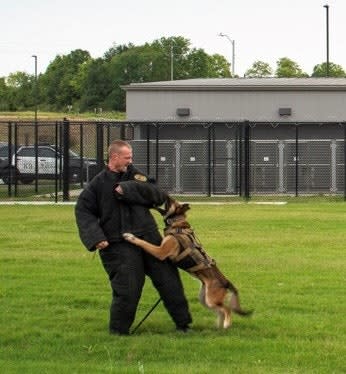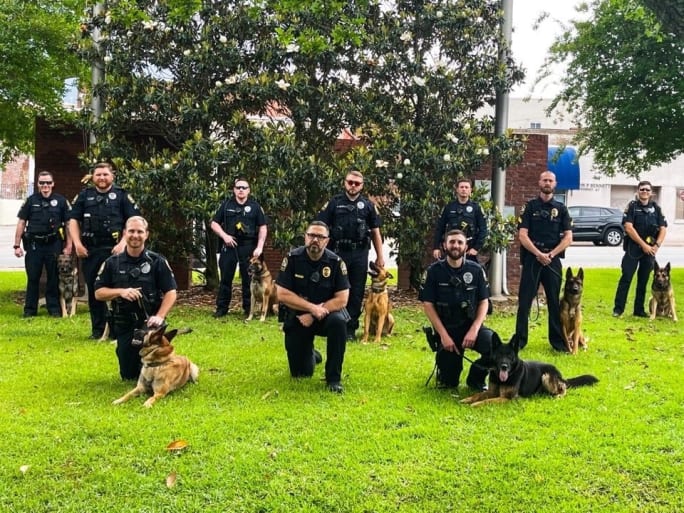Wallentine also seeks an officer who embraces the spotlight. Dog handlers often must take their K-9s into community policing efforts, such as schools, Chamber of Commerce meetings, and other local events. “You need someone who can engage with the public while keeping a close eye on the dog to make sure there are not any unintentional bites,” he says.
Exceptional handlers are also exceptional report writers, according to Wallentine. For example, the officer must provide the best evidence for prosecution if a dog detects drugs in a car. “It often comes down to the evidence and not the case,” he says.
A Happy Home
Selecting a handler extends beyond professional qualifications, Wallentine adds, noting agencies must carefully consider the officer’s home life. West Jordan PD evaluates potential handers’ home environment, family dynamics, and overall support system.
“We look for officers who have their partners’ total support to have the dog in their home,” he says. “We provide a nice outdoor kennel with a concrete pad and a roof, but most times, officers have the dogs inside.”
West Jordan PD hosts a K-9 demonstration for officers and their families. “We often have spouses who joke that the officer seems to care more for the dog than them,” he says. “That’s an extreme example, but the dog will be a huge part of the officer's life.”














